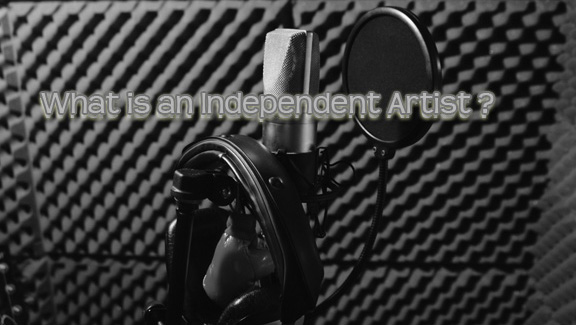
An unsigned artist, unsigned band or independent artist is a musician or musical group not under a contract with a record label. The terms are used in the music industry as a marketing technique. Bands that release their own material on self-published CDs can also be considered unsigned bands. Often unsigned bands primarily exist to perform at concerts. In today’s music market independent artists make up a significant amount of the workforce whether full time as a profession or part time as a hobby.
In more recent years, the Internet has helped promote the music of unsigned bands. Artists often post their music as MP3s on websites such as Bandcamp, SoundCloud, Myspace, PureVolume, GarageBand.com, SoundClick and Reverbnation.
To go or not to go Independent
Many artists and/or groups choose to go from an independent label to a major label if given the opportunity, as major labels have considerably more power and financial means to promote and distribute product, thus increasing the chances of greater success. Some acts, however, may choose not to go to a major label if given the opportunity, as independence generally offers more freedom.
If an artist or group moves to a major label from an independent, they are awarded greater opportunity for success, but it does not guarantee success. About one in ten albums released by major labels make a profit for the label. Some artists have recorded for independent record companies for their entire careers and have had solid careers.
Independent Record Labels
Independent labels tend to be more open creatively, however, an independent label that is creatively productive is not necessarily financially lucrative. Independent labels are often operated by one or two people up to a half of a dozen people, with almost no outside assistance to operate out of tiny offices. This lack of resources can make it difficult for a band or artist to make revenue from sales. It can also be more difficult for the independent label to get its artists’ music played on radio stations around the country when compared to the pull and payola of a major label.
Various musicians remain independent in the beginning of their music career but later on get a record deal and continue as a signed musician. But this concept changed when major artists such as The Eagles and Nine Inch Nails became independent and parted ways with major record labels such as Interscope.
Artists work in many industries and job sectors
- More than half of artists (54 percent) work in the private, for-profit sector; 35 percent are self-employed.
- One in three artists (34 percent) works in the “professional, scientific, and technical services” sector, which includes architectural and design firms, advertising agencies and consulting firms, and companies offering computer or photographic services.
- One in five (18 percent) of artists work in the “performing arts, spectator sports, and independent artists” category, including more than half (53 percent) of all musicians.
- Fourteen percent of all artists (73 percent of producers and directors, 23 percent of actors, and 20 percent of writers and authors) work in “information” industries, such as the motion picture, video, and broadcasting industries, or newspaper, book, or directory publishing. [ statistics from: National Endowment for the Arts, 2011]